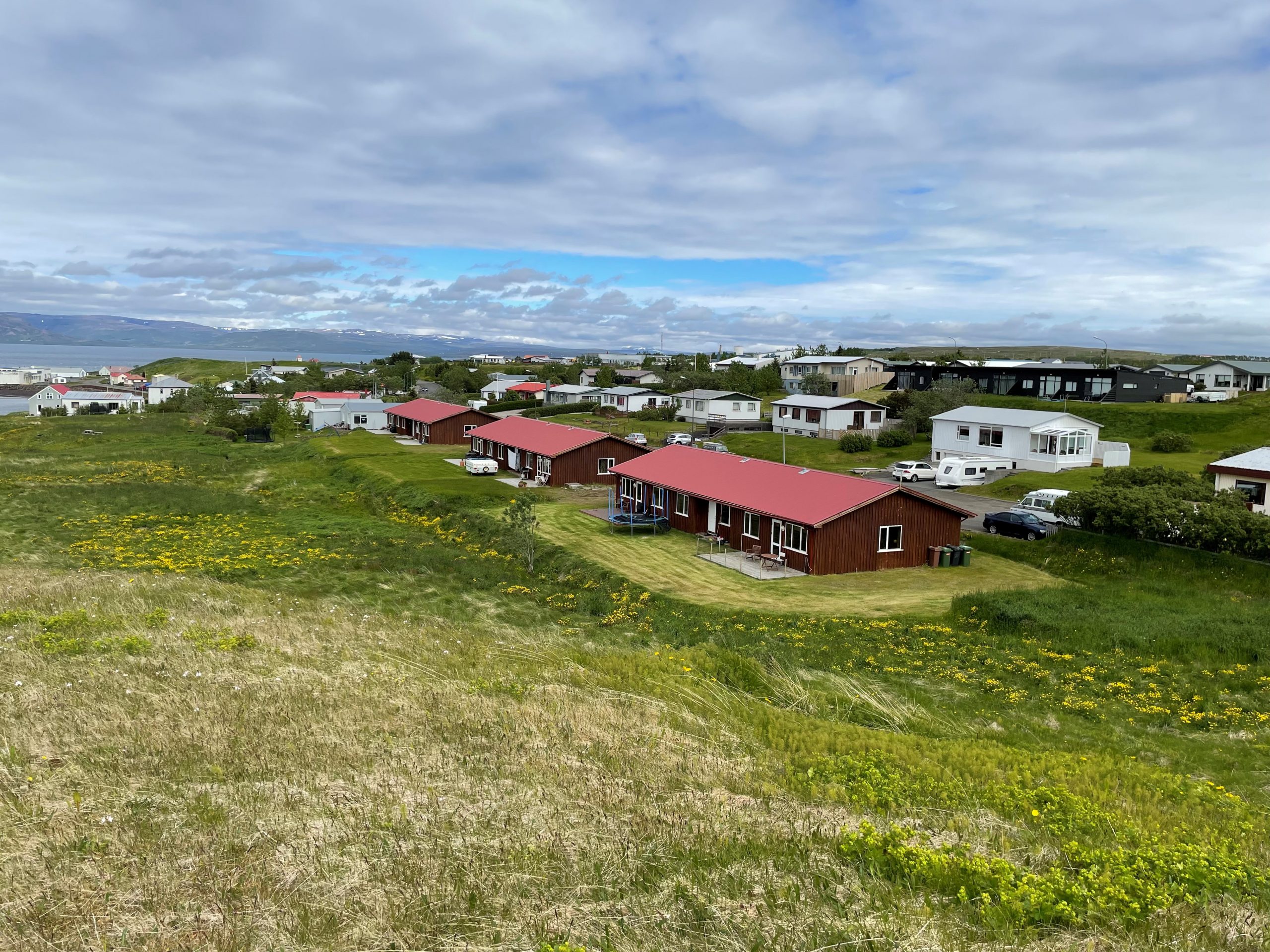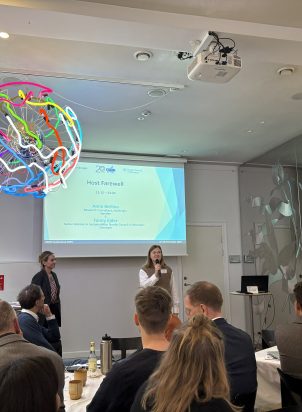As the Nordic Region faces an increasingly evident demographic shift, many municipalities are grappling with the challenges of population decline, ageing, and uneven distribution of residents. These trends raise concerns over economic sustainability, public service delivery, and local infrastructure development. The focus on growth, traditionally viewed as the key indicator of success, is not enough to address the complexities of today’s demographic realities.
New perspectives are needed to shift from simply managing population shrinkage to making communities stronger, more sustainable, and more resilient for the future. That’s where the concept of smart adaptation comes in. It offers a strategic framework designed to reshape how we think about resource allocation, public services, and economic resilience in the face of demographic change.
Rethinking population shrinkage
Rather than viewing shrinking populations as a problem that needs fixing, smart adaptation turns the attention towards potential. It’s about embracing change, finding new ways to live and work, and shaping a future that does not rely on growth for success. But how can we rethink our policies to reflect this new reality?
Elin Cedergren, Research Fellow at Nordregio, highlights key challenges, including the difficulty of openly discussing population shrinkage and its effects. At the same time, she points to opportunities in the Nordic Region. Cooperation between municipalities and regions can help pool resources to improve service provision. Strong civil society networks and associations can help sustain lively communities. However, spatial justice needs to be considered. Vulnerable demographic groups and sparsely populated areas require targeted support and a voice in policymaking.
“It’s time to rethink how we approach this challenge,” says Cedergren. “We’ve viewed shrinking populations as a problem to solve. But what if we reframed it as an opportunity for transformation? By embracing change, regions can focus on building stronger communities, rather than trying to reverse population loss“.
To move towards the smart adaptation mindset, Nordregio’s new policy brief ‘Rethinking population shrinkage’ explores how Nordic municipalities and regions can adapt to demographic decline.

Rethinking population shrinkage: Smart adaptation for Nordic municipalities and regions
Get insights on policy considerations for local, regional and national policymakers in the Nordic Region on the potential of using adaptive strategies to address demographic change.
“This policy brief pinpoints the potential pathways for regions and municipalities to uncover opportunities brought by demographic transitions,” Cedergren, one of the policy brief’s co-authors, explains. “While population decline is often framed as a challenge, many of the factors driving these trends are beyond local control. What municipalities can do, however, is focus on smart adaptation and leverage local strengths and resources to develop new approaches,” Cedergren adds.
Seven policy actions for smart adaptation
Based on approaches and strategies co-created through a series of workshops with municipal leaders, regional officials, and experts from across the Nordic countries, the policy brief introduces seven policy actions to help Nordic regions and municipalities adapt to demographic change:
- Shift the narrative – reframe population shrinkage as an opportunity for resilience and sustainable development.
- Strengthen knowledge – build a deeper understanding of demographic trends and their impacts to inform better decision-making
- Communicate and engage – use strategic planning and dialogue to highlight the benefits of smaller, well-managed communities
- Invest in social infrastructure – adapt land use and service provision to maintain quality of life despite population decline
- Enhance multi-level governance – strengthen cooperation across local, regional, and national levels to develop effective policies
- Secure sustainable funding – ensure long-term financial planning that supports adaptation rather than short-term growth incentives
- Leverage green and digital transitions – align demographic adaptation with sustainability and digitalisation for smarter solutions
According to Cedergren, many municipalities are already applying elements of smart adaptation, even if they don’t label it as such. “Shrinking municipalities may officially still focus on population growth strategies, but in practice, adaptation principles are already shaping local policies,” she notes. “Our goal is to bring these adaptive strategies into the mainstream and make them a key part of long-term policymaking,” Cedergren adds.
Cross-Nordic cooperation to adapt to new rural realities
The policy brief is the result of a Nordic cooperation project examining how municipalities can adapt to new rural realities. The process included a series of workshops with municipal, regional, and national representatives, bringing together experts in planning, rural development, and public services to explore what makes a municipality thrive beyond population growth.

The project began with ten country-specific workshops to map out the challenges and opportunities facing shrinking municipalities. A final Nordic workshop then refined key findings and shaped concrete policy recommendations. Discussions centred on the role of local and national policymakers, the potential of civil society, and the practical steps regions can take to build resilience.
Cedergren summarises the project’s conclusions: “Instead of the traditional growth-centric approach, we should be thinking about how we can adapt to create more resilient communities through economic diversification, local solutions, and sustainable living,” and adds: “This policy brief outlines practical steps for municipalities to not just survive, but thrive in the face of demographic change“.
The key lies in adopting new policies and practices that recognise shrinking populations don’t necessarily equate to declining quality of life. Instead, smaller populations can lead to improved resource distribution, more personalised services, and enhanced environmental sustainability.
Fragile communities finding strength from the inside
Discover Dalir, Iceland, where co-creation has breathed new life into the community by involving diverse social groups.

Looking ahead, Cedergren sees the need for more collaborative arenas where municipalities, regions and national representatives can exchange ideas and experiences. She also stresses the importance of moving away from a competitive mindset in the quest to attract new residents. Instead, more cooperation and shared solutions are needed.

Proactive adaptation to population shrinkage is necessary. “Smart adaptation offers a pathway for regions and municipalities to uncover opportunities that demographic transitions may bring. This depends on political commitment, especially at the national level, to enable municipalities to be able to work with proactive and cohesive approaches,” Cedergren says.
The stakes are high: population shrinkage is already happening across the Nordic Region. By 2030, many Nordic municipalities are expected to face further population decline. Through smart adaptation, regions can mitigate the negative effects of demographic changes and even find new ways to thrive.
The policy brief ‘Rethinking population shrinkage: smart adaptation for Nordic municipalities and regions’ builds on research, knowledge exchange and collaboration with Nordic stakeholders from regions and municipalities that are already experiencing population shrinkage. It is part of ‘Smart Adaptation to Rural Realities: Approaches and Practices in Nordic Municipalities and Regions’ project (2023-2025) that has been carried out in the framework of the Nordic Thematic Group on Green and Inclusive Rural Development (2021-2024).







